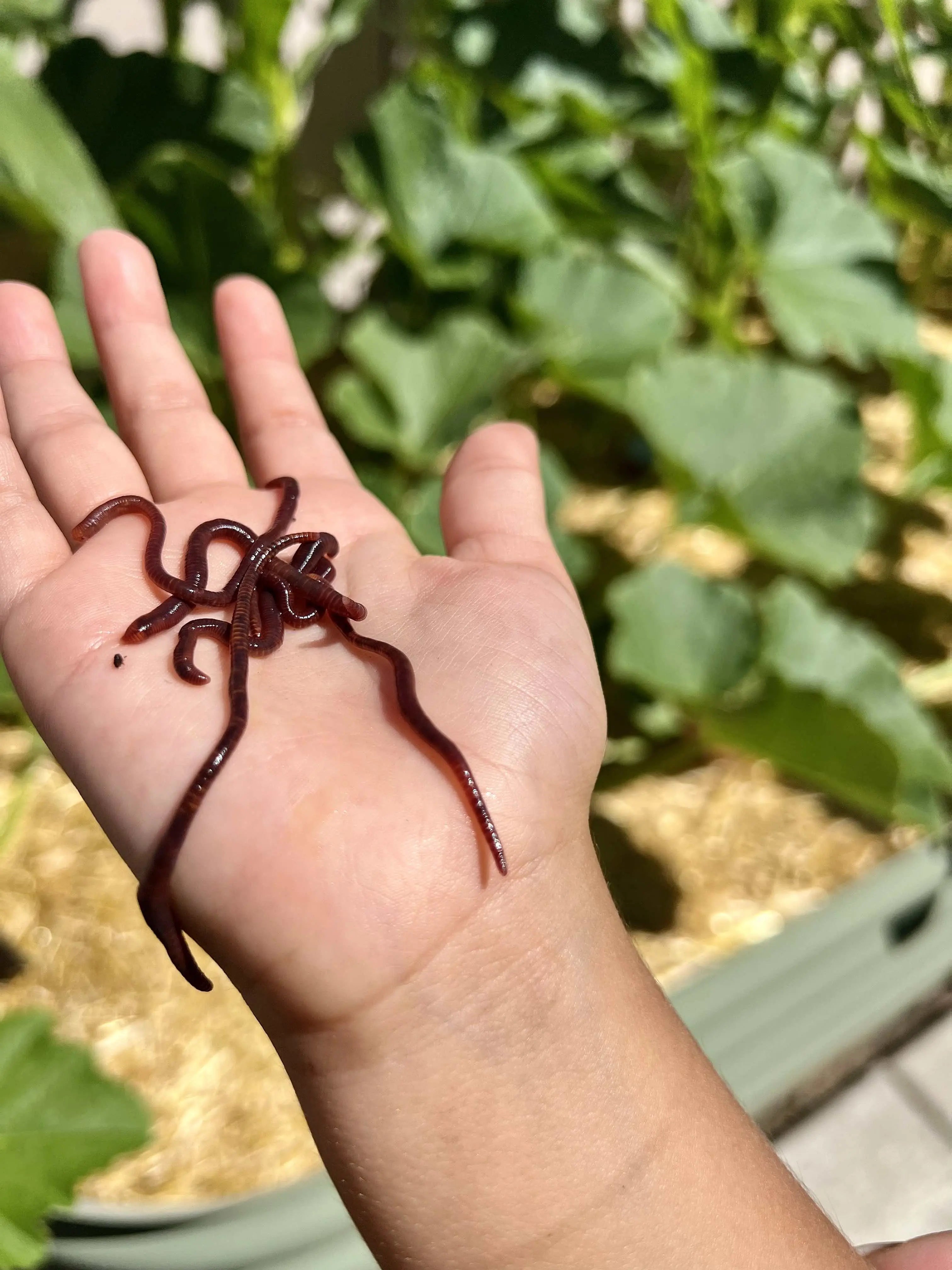The Extraordinary Globe of Red Wigglers: Boost Your Dirt Fertility Today
These tiny yet reliable microorganisms change natural waste right into beneficial worm spreadings, substantially improving dirt health and advertising lasting methods. As we explore the benefits of vermicomposting and the sensible actions to produce a reliable worm bin, the potential influence of these worms on your gardening success comes to be progressively noticeable.
Understanding Red Wigglers
Red wigglers, clinically called Eisenia fetida, are a species of earthworm that play a crucial function in boosting dirt fertility. These worms grow in organic-rich settings, such as compost piles and decomposing plant product, where they consume organic waste and secrete nutrient-dense castings. Their special anatomy, featuring a segmented body and a clitellum, enables them to replicate swiftly and efficiently procedure big quantities of organic matter.

The ecological relevance of red wigglers extends past plain waste handling; they contribute to the dirt food web, promoting a varied community of microbes that better boost dirt health. Recognizing the biology and habits of red wigglers is vital for utilizing their complete possibility in sustainable agriculture and gardening methods.
Benefits of Vermicomposting
(Red Wiggler Express)Utilizing the power of red wigglers via vermicomposting deals various benefits that dramatically improve soil health and fertility. One of the main advantages is the production of nutrient-rich worm spreadings, which are an outstanding natural plant food. Red Wiggler Express. These spreadings have important nutrients like nitrogen, phosphorus, and potassium, promoting robust plant development and enhancing crop returns
The existence of worm castings improves soil appearance, allowing for far better water retention and drainage. Red wigglers help break down organic matter, accelerating decomposition and recycling nutrients back right into the dirt.
Vermicomposting likewise promotes microbial activity, which is important for a healthy dirt community. Beneficial microorganisms prosper in the existence of worm spreadings, assisting in the breakdown of organic products and enhancing nutrient schedule to plants.
Lastly, vermicomposting functions as an efficient waste monitoring service, minimizing landfill waste by recycling cooking area scraps and other organic products. This not only adds to ecological sustainability see this yet also advertises a circular economic situation within gardening and farming.
How to Set Up a Worm Bin
Establishing a worm container is an uncomplicated procedure that can substantially improve your composting initiatives. Begin by choosing a suitable container, which can vary from a readily available worm bin to a straightforward plastic or wooden box (Red Wiggler Express). Make sure the container has sufficient ventilation; small openings in the cover and sides will facilitate air circulation
Following, create a bed linens layer to provide a comfortable setting for the red wigglers. This can be made from shredded newspaper, cardboard, or coconut coir, dampened to a damp, sponge-like consistency. Fill the bin to about one-third full with this bed linens product.
When the bed linen is prepared, it's time to present the worms. Red wigglers flourish in natural waste, so place them carefully onto the bed linen. Cover the worms with a light layer of additional bed linens to aid them accustom.
Feeding Your Red Wigglers
Giving the right food for your red wigglers is crucial for their wellness and the effectiveness of your composting system. Red wigglers flourish on a different diet regimen, mainly consisting of natural products such as fruit and veggie scraps, coffee grounds, and shredded paper. These products not only offer essential nutrients however likewise add to the microbial task in the worm container, which is vital for the worms' food digestion.
It is crucial to avoid specific foods, such as milk products, oils, and meats, as these can draw in pests and create undesirable odors. Additionally, citrus peels and overly zesty foods must be limited as a result of their possible to damage the worms. A balanced approach to feeding entails keeping an eye on the amount of food introduced to the container, ensuring that it is taken in within a practical timespan to stop excess waste build-up.
To advertise optimum food digestion, it is advantageous to chop or shred larger food products prior to adding them to the container. This method boosts the surface for microbial action, facilitating quicker decay and enhancing the overall efficiency of your composting system. Routinely observing the worms' feeding routines will aid you readjust their diet plan as essential.
Using Worm Spreadings in Your Yard

(Red Wiggler Express)Including worm castings right into your garden can be achieved by mixing them right into the soil or utilizing them as a top clothing. The slow-release nature of these spreadings guarantees that nutrients are offered to plants over a prolonged duration, decreasing the demand for synthetic fertilizers. In addition, worm castings include beneficial microorganisms that advertise healthy and balanced dirt ecological communities, boosting the overall resilience of your yard.
To maximize the benefits, aim to apply roughly one component worm castings to three parts soil in your growing beds. Normal applications can cause improved crop yields and healthier plants, making worm castings an important resource for both newbie and knowledgeable garden enthusiasts alike. By utilizing this natural amendment, you can cultivate a successful yard while adding to sustainable horticulture methods.
Conclusion
In final thought, red wigglers exhibit the important duty of vermicomposting in enhancing soil fertility. Their ability to transform organic waste right into nutrient-rich castings significantly enriches dirt framework and sustains microbial diversity.